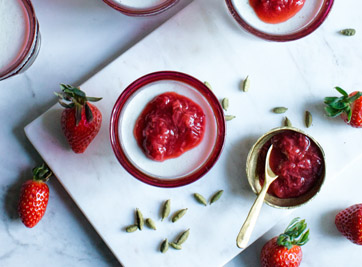
Identifiers
INS No. 129
FD&C Red No. 40
E129
CI Food Red 17
CAS No. 25956-17-6
Physical Description
Allura red occurs as a red-brown powder or granule. It is a monoazo dye, consisting mainly of disodium 6-hydroxy-5-(2-methoxy-5-methyl-4-sulfonato-phenylazo)-2-naphthalene-sulfonate and subsidiary coloring matter together with sodium chloride and/or sodium sulfate as the principal uncolored components and may be converted to the corresponding aluminum lake.
Common Uses
Allura red can be used for coloring food, drugs, and cosmetics, including beverages, frozen treats, powder mixes, gelatin products, candies, icings, jellies, spices, dressings, sauces, baked goods and dairy products.
Specifications
Regulatory Approvals
Safety Reviews
Lack of genotoxicity in vivo for food color additive Allura Red AC, Food & Chemical Toxicology, 2017. Available online
Safety evaluation of certain food additives (82nd Meeting of the Joint FAO/WHO Expert Committee on Food Additives) WHO Food Additives Series No. 73, 2017. Available online
EFSA ANS Panel (2009) Scientific Opinion on the re-evaluation of Allura Red AC (E 129) as a food additive. EFSA Journal, 7(11), 1327-66. Available online
FDA Final Rule (Food and drugs GMP). 36 FR 6892; Apr 10, 1971. Available online
FDA Final Rule (FD&C Red No. 40 lakes). 36 FR 23552; Dec 10, 1971. Available online
FDA Final Rule (Cosmetics generally, including lakes). 39 FR 44198; Dec 23, 1974. Available online
FDA Final Rule (For coloring drugs and cosmetics intended for use in eye area, including the aluminum lake). 59 FR 7635; Feb 16, 1994. Available online